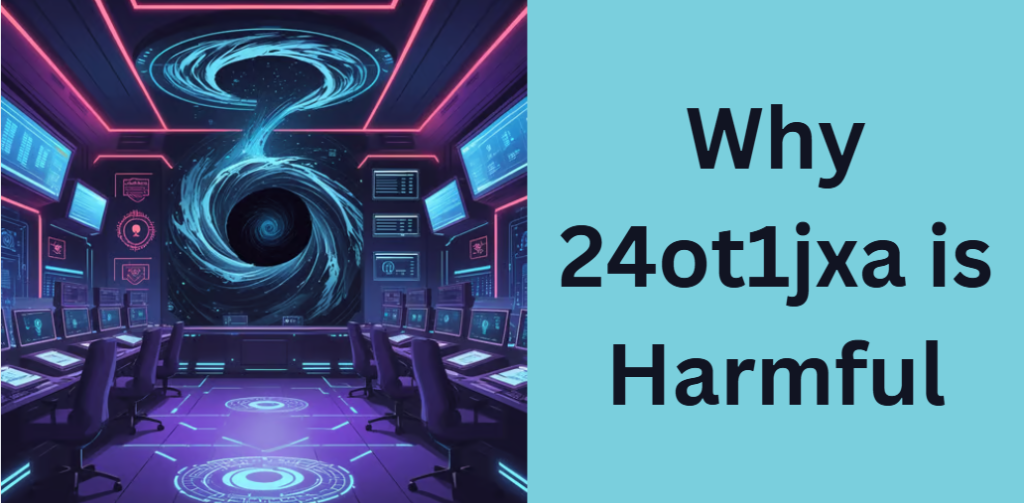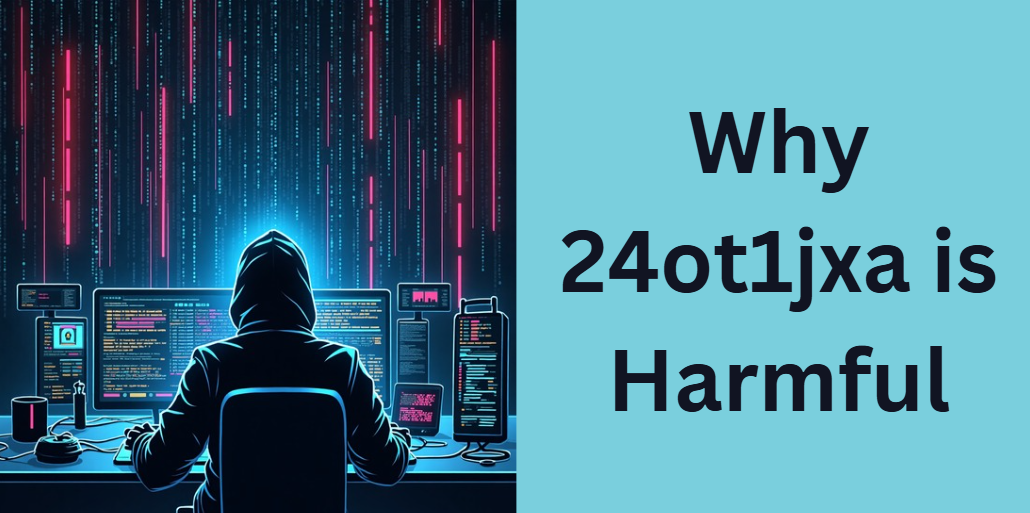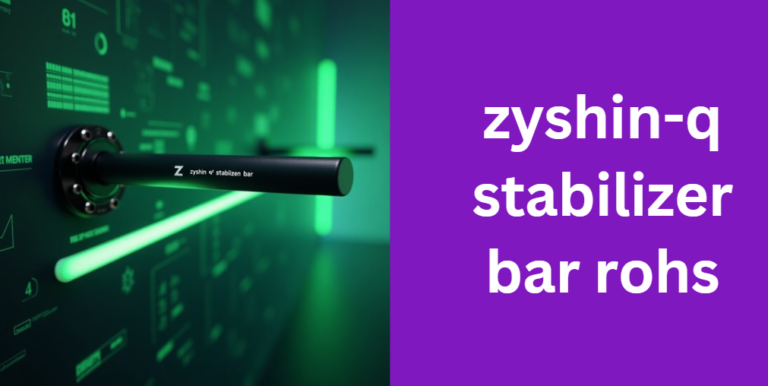Why 24ot1jxa is Harmful: The Ultimate Comprehensive Guide
In today’s digital era, our reliance on technology is matched only by the sophistication of cyber threats. One term that has recently emerged and raised significant concerns is why 24ot1jxa harmful. This comprehensive guide explores every aspect of this cryptic threat, offering detailed insights and actionable advice for individuals and organizations to protect themselves and their data.
Understanding 24ot1jxa
The term “24ot1jxa” might appear as a random sequence of letters and numbers, but it represents a potential danger in the cybersecurity landscape. Initially coined by researchers and cybersecurity experts, why 24ot1jxa harmful reflects concerns over its ability to infiltrate systems without immediate detection. It has evolved from early experimental stages into a form of malware that exploits vulnerabilities in software, networks, and even hardware.
Historically, the development of such threats has been linked to sophisticated research in digital security. Over time, it became clear that malicious actors could repurpose such technologies to steal sensitive data, monitor user behavior, and even disrupt critical operations. Misconceptions abound, and many mistakenly believe that “24ot1jxa” is just another benign code. However, the reality is that its hidden complexity is what makes why 24ot1jxa harmful a serious concern for both individuals and businesses.
Technical Overview
Understanding the technical workings of this threat is key to grasping its impact. Why 24ot1jxa harmful lies in its stealth and adaptability. The malware operates by embedding itself into system processes, often evading traditional antivirus detection through sophisticated obfuscation techniques.
How It Operates
The mechanism behind 24ot1jxa involves several advanced tactics:
- Infiltration Techniques: The malware often enters systems via phishing emails, fake software updates, or compromised external devices.
- Stealth Operations: Once installed, it can run in the background without generating noticeable alerts, thereby maintaining a low profile.
- Data Harvesting: Its primary function is to collect sensitive information—ranging from login credentials to financial data—without the user’s knowledge.
Below is a table summarizing the key technical aspects:
| Aspect | Details |
|---|---|
| Infiltration | Phishing, fake updates, infected devices |
| Evasion Techniques | Advanced obfuscation, rootkit functionalities, bypassing standard security protocols |
| Primary Goal | Stealth data collection, system monitoring, and remote access for malicious actors |
These technical characteristics contribute to the reputation of why 24ot1jxa harmful as a significant cybersecurity threat.
Risks and Impacts of 24ot1jxa

The risks associated with this threat extend far beyond simple data breaches. Its effects are multifaceted, impacting everything from individual privacy to large-scale organizational operations.
Cybersecurity Risks
Why 24ot1jxa harmful is primarily due to its capability to:
- Steal sensitive data including passwords, personal information, and financial records.
- Compromise user privacy by enabling unauthorized surveillance through device cameras and microphones.
- Degrade system performance, causing sluggishness, random crashes, and other operational disruptions.
Health and Environmental Risks
In cases where why 24ot1jxa harmful overlaps with exposure to toxic materials (if interpreted as a chemical threat), there are potential:
- Health Hazards: Prolonged exposure may result in skin irritations, respiratory issues, or other health complications.
- Environmental Concerns: If linked to hazardous substances, improper handling might lead to ecological damage and contamination.
Economic and Legal Implications
The financial ramifications of why 24ot1jxa harmful are substantial:
- Losses from cybercrime and identity theft can devastate personal finances and business operations.
- Legal repercussions may arise if organizations fail to secure their systems adequately, leading to regulatory fines and reputational damage.
A concise list of risks includes:
- Data Theft and Privacy Invasion
- System Performance Degradation
- Financial Loss and Legal Liabilities
- Health and Environmental Dangers (if applicable)
Detection and Identification
Early detection of why 24ot1jxa harmful is critical to mitigating its damage. Users must be vigilant for signs of infection. Common symptoms include:
- Noticeable slowdowns and unexpected system crashes.
- Increased and unexplained network activity.
- Unauthorized installations or changes in system settings.
To effectively detect this threat, experts recommend a combination of automated tools and manual inspections:
- Automated Scans: Use reputable antivirus and anti-malware software that provides real-time protection.
- Network Monitoring: Employ intrusion detection systems (IDS) to track unusual traffic patterns.
- System Audits: Regularly check for unfamiliar processes or unauthorized modifications.
Prevention and Protection Strategies
Preventing the infiltration of why 24ot1jxa harmful involves adopting a proactive cybersecurity approach. Maintaining up-to-date software and robust security practices is essential for minimizing vulnerabilities. Here are key measures to consider:
- Regular Updates: Ensure that operating systems, browsers, and applications are always updated with the latest security patches.
- Strong Security Practices: Implement strong, unique passwords and enable multi-factor authentication (MFA) across all platforms.
- Reliable Security Software: Invest in reputable antivirus and anti-malware programs that can detect and neutralize emerging threats.
- Safe Online Behavior: Avoid clicking on suspicious links or downloading software from untrusted sources.
- Data Protection: Encrypt sensitive information and back up data frequently using external drives or cloud services.
Below is a simplified checklist for protection:
| Prevention Measure | Description |
|---|---|
| Software Updates | Regularly install patches and updates to fix vulnerabilities |
| Strong Passwords & MFA | Use complex passwords and add an extra layer of security with MFA |
| Trusted Security Tools | Employ reputable antivirus and firewall solutions |
| Safe Internet Practices | Verify email sources and download from verified websites |
| Data Backup & Encryption | Regularly back up data and encrypt sensitive information |
Removal and Mitigation
If you suspect that your device has been compromised by why 24ot1jxa harmful, prompt action is necessary to contain the damage. The following steps provide a clear path for removal:
- Disconnect from the Internet: This limits the malware’s ability to transmit data.
- Enter Safe Mode: Boot your device in Safe Mode to restrict the malware’s activity.
- Run a Comprehensive Scan: Use your updated antivirus software to scan and remove the threat.
- Manual Inspection: Check for any unfamiliar programs or files and remove them.
- Reset and Restore: Consider performing a system restore or complete reset if the infection persists.
After removal, it is crucial to change all passwords and monitor your accounts for any unusual activity. Seeking professional assistance might be necessary if the threat appears deeply embedded.
Future Trends and the Evolving Threat Landscape
As technology advances, so too do the methods employed by cybercriminals. The evolution of why 24ot1jxa harmful illustrates how threats adapt to bypass current security measures. Looking ahead:
- Emerging Variants: New versions may include enhanced evasion techniques or more aggressive data harvesting methods.
- Advancements in Detection: Security tools are continuously improving, with artificial intelligence and machine learning playing an increasingly important role.
- Regulatory Developments: Governments and regulatory bodies are updating laws and guidelines to better protect data and ensure accountability.
Staying informed about these trends is vital for adapting your cybersecurity strategy and maintaining a robust defense against future threats.
Case Studies and Real-World Examples
Real-world examples highlight the significant impact of why 24ot1jxa harmful. Consider the following hypothetical case:
- A mid-sized financial firm experienced a subtle system slowdown and data leakage over several weeks. Subsequent forensic analysis revealed that an undetected malware, similar in behavior to 24ot1jxa, had been siphoning sensitive client information. The incident resulted in substantial financial losses and reputational damage, prompting the firm to overhaul its cybersecurity measures completely.
Such cases underline the importance of proactive prevention, regular monitoring, and swift action in mitigating potential damage.
Frequently Asked Questions
How can organizations proactively assess their vulnerability to 24ot1jxa?
Organizations can conduct thorough security audits and vulnerability assessments tailored to their specific digital infrastructure. Regular penetration testing, coupled with real-time network monitoring and employee awareness programs, helps identify weak points that advanced threats like 24ot1jxa might exploit. By integrating risk management frameworks and collaborating with cybersecurity experts, businesses can build a proactive defense strategy that anticipates potential breaches before they occur.
What measures can be taken to protect Internet of Things (IoT) devices from 24ot1jxa?
Since IoT devices often have less robust security, organizations and individual users must implement specialized safeguards. This involves changing default passwords, updating firmware frequently, and segmenting networks so that compromised devices do not jeopardize the entire system. Utilizing secure communication protocols and employing IoT-specific security platforms can also significantly reduce the risk of malware infiltration on these connected devices.
What role does user education play in mitigating the risks of 24ot1jxa?
User education is a vital layer in the cybersecurity defense model. Continuous training sessions and awareness campaigns help users recognize deceptive tactics such as phishing emails, suspicious downloads, and unverified software updates that could lead to a 24ot1jxa infection. By understanding common attack vectors and safe online practices, individuals can serve as the first line of defense in preventing malware penetration and reducing the overall threat landscape.
Are there any emerging legal or regulatory frameworks addressing threats like 24ot1jxa?
Governments and international regulatory bodies are increasingly focusing on cyber threats, leading to the development of new policies and compliance standards aimed at protecting digital assets. While specific regulations for threats like 24ot1jxa may still be evolving, existing data protection laws and cybersecurity mandates are being updated to encompass emerging malware and sophisticated cyber attacks. Organizations must stay informed about these regulatory changes and ensure their cybersecurity measures meet the latest legal requirements.
How is artificial intelligence being used to enhance the detection and prevention of threats such as 24ot1jxa?
Artificial intelligence and machine learning are playing an increasingly pivotal role in cybersecurity. By analyzing vast amounts of network data in real time, AI systems can detect subtle anomalies that may indicate the presence of stealthy threats like 24ot1jxa. These systems continuously learn from new patterns and adapt their detection algorithms, making them invaluable in early threat identification and in automating responses to contain potential breaches before they escalate.
Additional Resources and Further Reading
For those looking to deepen their understanding of why 24ot1jxa harmful, consider exploring:
- Detailed cybersecurity reports from trusted industry sources.
- White papers on advanced malware detection techniques.
- Tutorials on setting up robust security systems for both personal and corporate environments.
Conclusion
In summary, this guide has provided an in-depth exploration of why 24ot1jxa harmful. From understanding its origins and technical mechanisms to identifying its risks and implementing robust protection strategies, the goal is to empower you with the knowledge needed to safeguard your digital life. By staying informed, adopting proactive cybersecurity measures, and acting swiftly at the first sign of trouble, you can significantly reduce the threat posed by this insidious malware.
Remember, the best defense is a proactive one—keep your systems updated, practice safe online habits, and regularly review your security protocols to stay one step ahead.
Recommended posts
The Ultimate Comprehensive Guide to make1m mclaren
Providence Immediate Care in Happy Valley – Complete Guide
How to Use Morjier255: The Ultimate Comprehensive Guide
The Ultimate Guide to bussola to measure angles within a circle leonardo da vinci
How to Fix Bug Ralbel28.2.5 – Comprehensive Troubleshooting Guide






